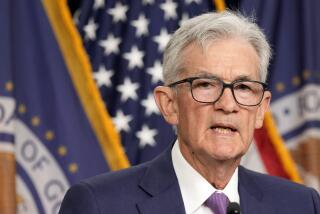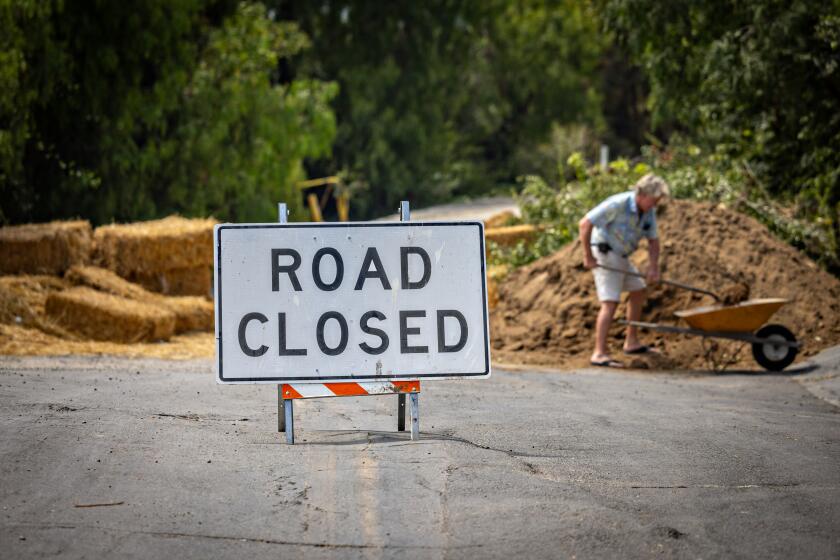Higher home loan rates are likely as Fed rate hike looms

Rose-Linn Jensen, who recently moved from London to Sherman Oaks, is living in an apartment but is not unpacking because she is looking to purchase a home now, before interest rates rise.
In moving from London at the beginning of the year, Rose-Linn Jensen would have preferred to spend a year getting familiar with the Los Angeles area before buying a home.
But with a Federal Reserve interest rate increase looming, she’s put in bids on four houses and a condo in the Studio City area in hopes of landing a property before mortgage rates rise.
“If I wait, they might go up half a percentage point, and that is going to cost me another $50,000,” said Jensen, 45, of Sherman Oaks, who works in finance in the television industry.
Higher mortgage rates are likely to face consumers once central bank policymakers raise the federal funds rate for the first time since 2006. The rate has been near zero percent since late 2008.
“When the Fed raises short-term interest rates, they’re raising the cost of money, and that impacts the cost of money to consumers, businesses and governments alike,” said Greg McBride, chief financial analyst at Bankrate.com.
Mortgage and other long-term rates already have begun rising in anticipation of a Fed rate increase, which could come as early as Wednesday but is more likely later this year.
“Long-term rates are effectively a series of short-term interest rates,” McBride said. “If the trajectory of interest rates is expected to change in years to come, long-term interest rates are going to reflect that.”
Other factors also affect rates for mortgages, bonds, certificates of deposit and other financial products. But the federal funds rate is a key factor because it normally reflects broader economic trends.
As the Great Recession began, the Fed lowered rates aggressively. The near-zero rate in place for nearly 6-1/2 years has hurt savers and those on fixed incomes. Interest on five-year CDs, for example, have been below 1% since 2012.
“We have a generation of savers who will actually end up with a much smaller aggregate amount of savings than they would have had if we had been in a normal interest rate environment,” said David John, a top policy advisor at seniors advocacy group AARP.
A Fed rate increase will be welcome news for savers, though it probably will trigger a volatile period as investors, fund managers and others in the financial industry adjust after years of near-zero rates, he said.
“If I were a retiree and I were sitting on a lump sum of cash, when the interest rates start going up, that is the time to start putting at least a portion of it into some form of a fixed investment,” John said.
But he suggested short-term moves at first, such as one-year CDs or bonds, because additional interest rate increases could follow.
Fed Chairwoman Janet L. Yellen said last month that she anticipated the central bank would move slowly on future interest rate boosts once it enacts the first small one — expected to be a 0.25 percentage point increase. That means it will be “several years,” she said, before the rate gets back to a more normal 3.5% to 4% level.
Still, rising rates signal an end to the easy-money policy that pushed 30-year mortgage rates to a record low of 3.31% in 2012.
Real estate agent Anselm Clinard, who focuses on the hot northeast Los Angeles market, said he’s never been busier, in large part because of the expected rate increase.
“It’s created some urgency in the marketplace,” he said. “Everyone wants to get in while the getting is good.”
More to Read
Sign up for Essential California
The most important California stories and recommendations in your inbox every morning.
You may occasionally receive promotional content from the Los Angeles Times.








